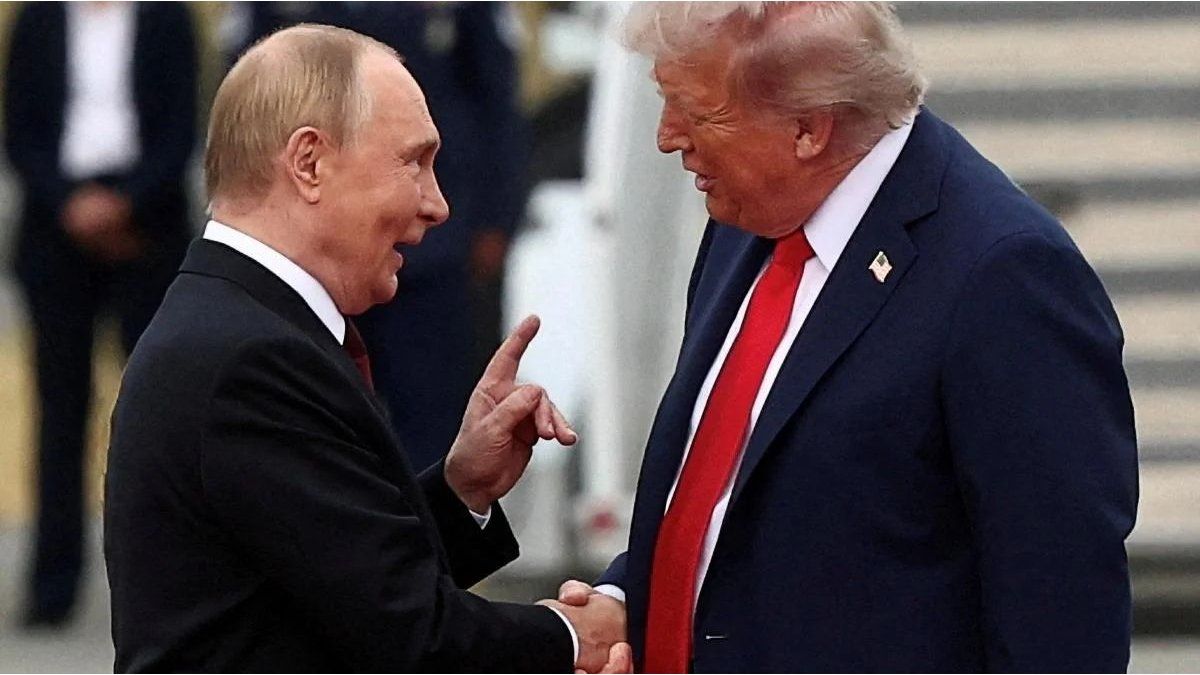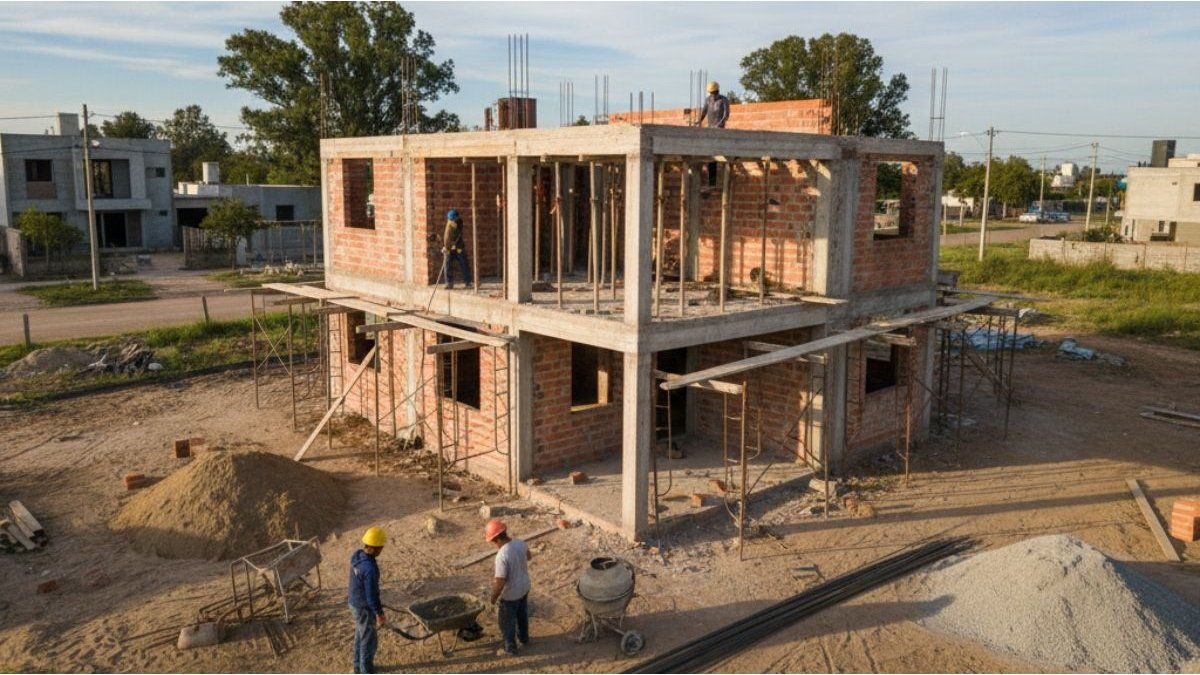Between dresses and references to Argentine history, on Monday, October 30 at 7 p.m., at the emblematic Casa de América in Madrid, the presentation of the book “Evita in front of the mirror: essays on fashion, style and politics in Eva Perón” will take place. edited by Ampersand and, in that framework, the renowned Argentine designer Pablo Ramírez will present his collection, inspired by the Argentine actress and politician.
The meeting, which will have the format of a talk with a parade and will be held with the support of the Argentine Foreign Ministry, is part of the Eñe Festival programming.
“Evita in front of the mirror: essays on fashion, style and politics in Eva Perón” (2023) brings together essays that cover the figure of Eva Perón through fashion, written by some of the greatest Argentine specialists in fashion history.
In Madrid, the editor and compiler of the volume, Marcelo Marino, together with one of the authors, Laura Zambrini, will discuss the themes that run through a book in which Eva Perón is shown not only as one of the most relevant personalities of the Argentine history, but also as an icon that has gone through various eras. Ana Mosqueda, editorial director of Ampersand, is confident about the book’s reception in Spain, where she is “remembered with affection and admiration,” although she accepts that crossing the ocean with the project is also a challenge.
Télam: Why did you decide to do a presentation in Madrid, a city that has so much to say about Eva Perón?
Ana Mosqueda: The Madrid presentation had a very celebrated precedent at the CCK leadership in Buenos Aires. Without that event, which dazzled not only the attendees but ourselves as its promoters, we would not have
encouraged to think about it in Madrid. We knew that in Spain Eva Perón is remembered with affection and admiration, but it is always an adventure to replicate an event outside of her own sphere. However, the very idea was welcomed by Luis Prados, programming manager at Casa de América in Madrid. So despite the little time we had, we decided to do it. Although we limited the talk to only two of the authors, Marcelo Marino (also coordinator of the volume) and Laura Zambrini (who is living in Spain for a while), the show was expanded and incorporated almost twice as many designs as those offered at the CCK. We believe that, like each of the studies that are part of the work, the contribution that Pablo Ramírez can make based on his own vision of Evita is important.
T.: What dialogue does the book establish with Ramírez’s work?
AM: It is a character that he has admired since he was a child and through the very materiality of the dresses he proposes, the gestures of the models, the rigor with which the Argentine designer emulates an era and a style, bringing to life to a woman who knew how to make fashion an instrument of power, a tool to seduce men and women who followed her unconditionally, and who turned her into the greatest icon in Argentine political history.
Télam: How did you think, from the edition, to approach the topic to achieve an approach from the history of fashion?
AM: A few years ago, speaking with Marcelo Marino, we asked ourselves why there was no book that analyzed the figure of Eva Perón from the perspective of fashion. Was it somewhat frivolous to venture that analysis for a figure whose greatest legacy was associated with social justice? Trying to understand Eva Perón from these seemingly contradictory perspectives, I believe, provides greater depth to her character and also reveals the construction of her as a political figure and even as a myth whose significance today is undeniable. We wanted to find a researcher who was already working on this issue, but given the challenge of the project we imagined, we could not find them. We wanted all aspects to be developed: her past as an actress, the tension between her and Argentine high society, the collection of Spanish suits given by Franco, her relationship with Dior and even the concept of “descamisados”, fundamental for Peronism. but from the point of view of fashion studies.
Télam: What do these essays tell us about?
AM: We understood that we had to convene a selection of researchers who, specialized in certain aspects, could develop each of these problems. In this way we summoned Adrián Melo to write about Eva and the designer Paco Jaumandreu; to Laura Zambrini to tell about that rainbow tour that Eva took to Europe; to Patricia Nobilia, to make a detailed analysis of each of the Spanish costumes; Daniela Lucena, for her part, analyzed the concept of “descamisados”; Rebeca Palma dos Santos immersed herself in Eva’s relationship with the image from that memorable photo report for Life magazine; and Mariano López Seoane so that, with a particular analysis, he would display his ideas about Evita’s style and the “vitality of the myth.” Marcelo Marino, as director of the collection and also editor of the volume, dedicated himself to thinking about the figure of Eva as a fashion icon in relation to the great European designers. In this set of visions, the book manages to explain a complex topic, full of tensions, that dismisses the whole idea that fashion was a frivolous element in the construction of Eva’s image to warn how its use was political. That is the great contribution of Evita in front of the mirror.
Source: Ambito
I am an author and journalist who has worked in the entertainment industry for over a decade. I currently work as a news editor at a major news website, and my focus is on covering the latest trends in entertainment. I also write occasional pieces for other outlets, and have authored two books about the entertainment industry.




